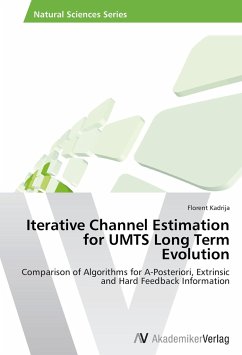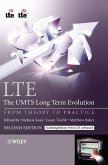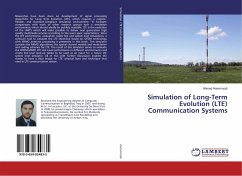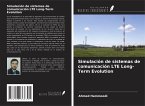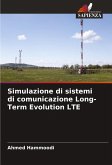In this book, different iterative channel estimation algorithms for Long term Evolution (LTE) downlink are investigated. LTE uses coherent detection, which requires channel state information. In order to achieve high data rate transmission over mobile radio channels, it is essential to have accurate channel state information at the receiver side. For channel estimation purpose LTE provides training data known as pilot symbols. The matter of discussion is whether the accuracy of channel estimate based on pilot symbols is satisfactorily sufficient to achieve high data rate transmission. Channel estimate can be further enhanced, if after pilot based channel estimation, additional information such as the hard or soft estimated data symbols from the decoder is utilized by the channel estimator. Using this additional information, different channel estimation algorithms like Least Square (LS), Linear Minimum Mean Square Error (LMMSE) and Approximated LMMSE (ALMMSE) are derived. Their performance is discussed and compared with each other. The impact of processing either extrinsic, a-posteriori or hard feedback information in the channel estimator is investigated. To assess the performance, the channel estimators are compared in terms of Mean Square Error (MSE) and throughput over SNR for Single Input Single Output (SISO) and Multiple Input Multiple Output (MIMO) antenna setups.
Bitte wählen Sie Ihr Anliegen aus.
Rechnungen
Retourenschein anfordern
Bestellstatus
Storno

